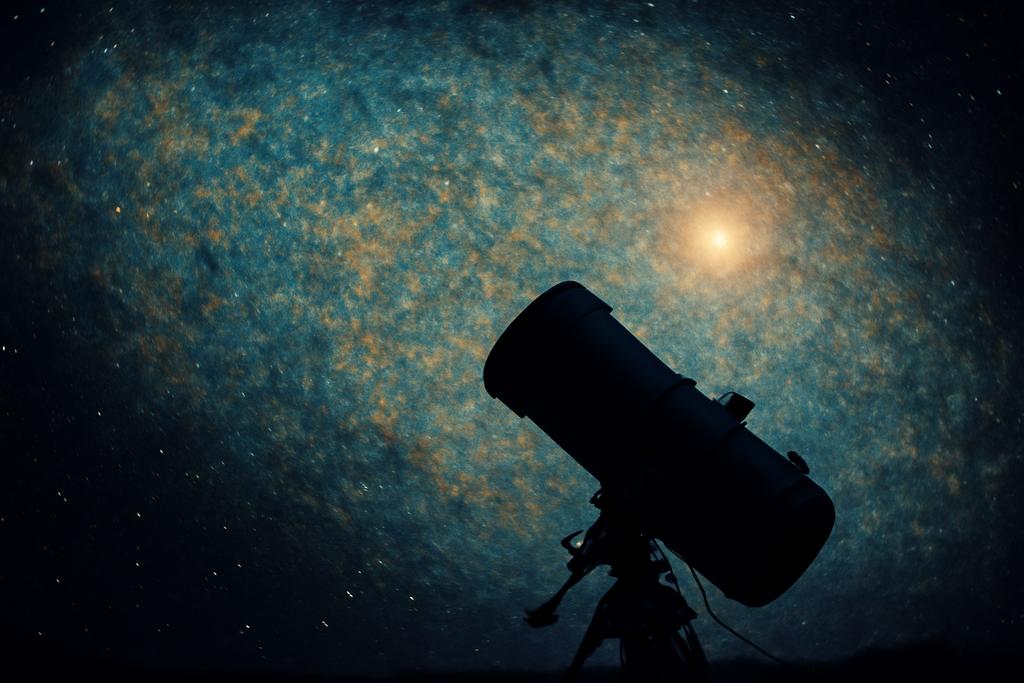The Big Bang theory, while remarkably successful, has some nagging inconsistencies. One of the most puzzling is the unexpected uniformity of the cosmic microwave background (CMB) radiation—the afterglow of the Big Bang. This uniformity suggests a period of incredibly rapid expansion known as inflation, but the details of inflation remain mysterious.
A Missing Piece of the Puzzle: kmin
A recent study from the University of Arizona, led by Jingwei Liu and Fulvio Melia, proposes a compelling solution to some of these puzzles. Their work introduces a previously unconsidered factor into our models of the early universe: a minimum wavenumber, or kmin, in the primordial power spectrum. Think of it like this: the early universe’s fluctuations, the seeds of galaxies and cosmic structure, might not have existed at all scales. There may have been a lower limit to the size of the ripples in spacetime.
This seemingly small adjustment has significant consequences. It doesn’t fundamentally alter the framework of inflation, but rather refines it, adding a critical boundary condition that affects the way we interpret the CMB data.
The CMB: A Cosmic Fingerprint
The CMB is like a detailed fingerprint of the early universe. It’s not perfectly uniform; subtle temperature variations exist, encoded as angular power spectra (a measure of how the temperature fluctuations change with angle on the sky). These fluctuations contain vast amounts of information about the universe’s history. Furthermore, the CMB is also polarized – its electromagnetic waves have a preferred orientation – and this polarization, measured as E-mode and B-mode patterns, can provide even more insight.
Standard inflationary models struggle to fully explain all aspects of the observed CMB patterns, particularly at large angular scales. There’s a noticeable lack of correlations at larger angles than predicted, along with other anomalies. This is where kmin steps in.
Resolving Anomalies with kmin
Liu and Melia’s model, by incorporating kmin, significantly improves the fit between theoretical predictions and the actual CMB data collected by the Planck satellite. The addition of this minimum wavenumber acts like a filter, smoothing out the large-angle inconsistencies. Instead of a continuous spectrum of fluctuations, the model proposes a cut-off, affecting the distribution of ripples in the early universe’s fabric.
The researchers demonstrate this improvement across various CMB measurements, including temperature fluctuations (TT), E-mode polarization (EE), the temperature-E-mode correlation (TE), and even the elusive B-mode polarization (BB), a direct signature of gravitational waves from inflation. While the current data aren’t precise enough to definitively confirm kmin‘s impact on B-mode, future missions like LiteBIRD promise to provide the necessary precision.
Implications for Inflation and the Early Universe
The implications of this research are profound. The existence of a kmin isn’t just a mathematical tweak; it carries physical meaning. It suggests that inflation didn’t start instantaneously but had a delayed initiation. There was a period of time before the rapid exponential expansion truly commenced.
This finding has far-reaching consequences for our understanding of the physics of the very early universe. It sheds new light on the transition from the pre-inflationary era to the inflationary epoch, a period shrouded in mystery. It provides a new avenue for refining our cosmological models and testing our understanding of the fundamental forces and the laws of physics that governed the nascent universe.
Looking Ahead
The study emphasizes the crucial role of future high-precision CMB observations, particularly those targeting B-mode polarization. If future missions like LiteBIRD detect these elusive B-modes and confirm kmin‘s influence, this would not only enhance our understanding of inflation but provide a powerful independent validation of this new model, potentially revolutionizing how we view the earliest moments of the cosmos.
The work by Liu and Melia at the University of Arizona is more than just another cosmological model; it’s a significant step toward a deeper and more complete understanding of the Big Bang and the fundamental structure of our universe.










